When we moved the Digital Preservation Lab to a dedicated space late last summer, we knew the room would have to be adapted for our needs. Library leadership supported our efforts by funding several projects, including upgrades to electrical and networking infrastructure, furniture that fit the intended function of the space, and cosmetic improvements. The work to upgrade the room finished earlier last month and we are proud to unveil the 2.0 version of the DPL in this virtual tour.
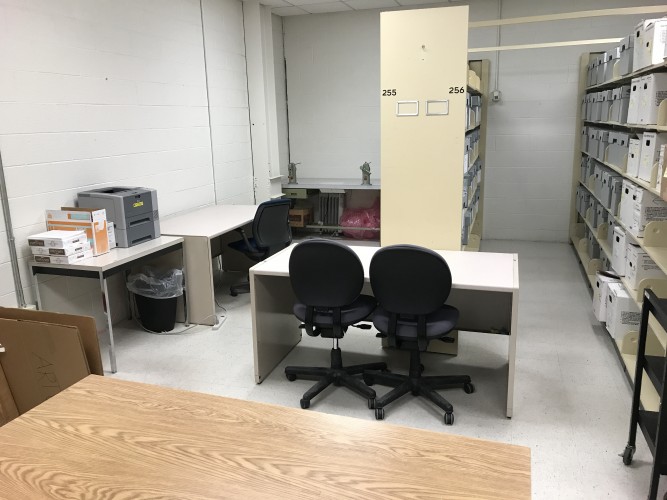
When we moved into the space, it was used as storage for Special Collection Research Center and a film digitization project.
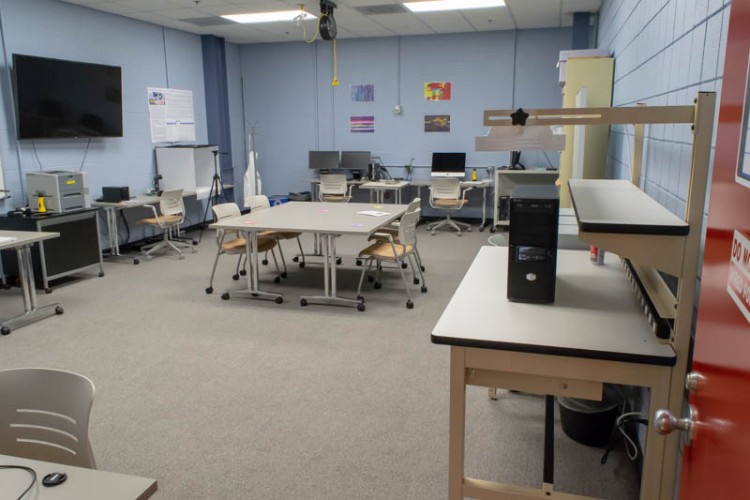
The newly remodeled space
Physical Improvements: As mentioned, the room itself has undergone a transformation in both capacity and looks. The first wave of work included the addition of more electrical outlets and ethernet ports to allow for flexibility in equipment configurations and to handle the additional electrical load. The amount of ethernet ports in the room was more than doubled, and additional outlets spread the load across three different electrical circuits. Lighting also got an upgrade in the form of dimmable LED fixtures, making it possible to match lighting levels to the type of activity, be it working on a computer screen, taking photos of media, or giving a presentation. Lastly the walls were painted a neutral shade of blue, which is a pleasant reprieve from the rest of the building’s odd white and red color scheme (we are a block away from the Big House, after all).
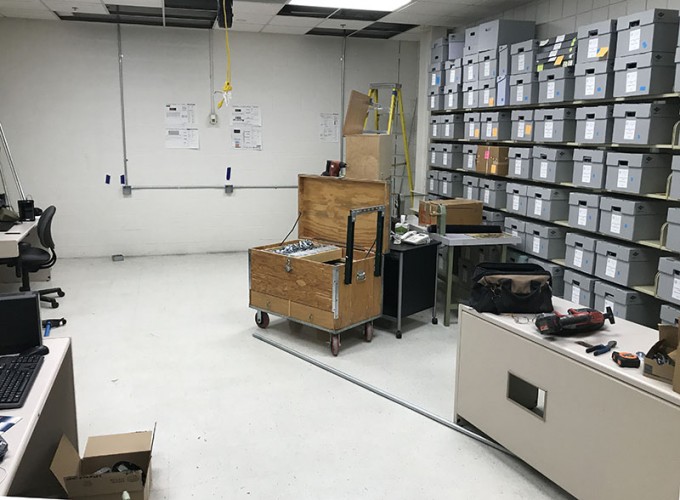
The lab was shut down for a couple of weeks during the extensive electrical and networking overhaul
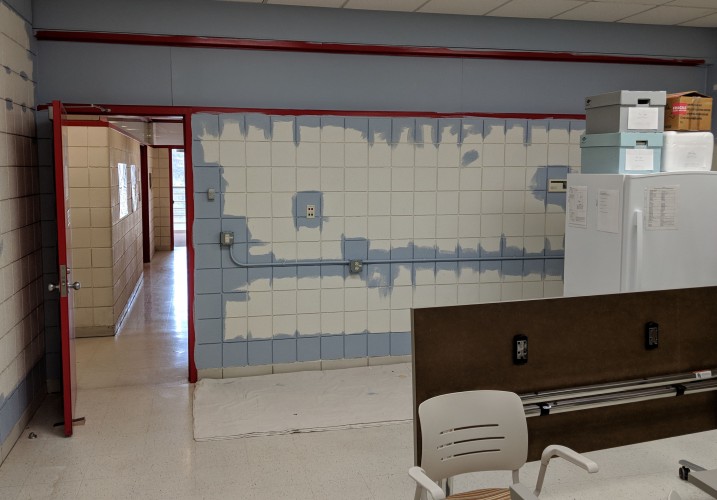
Go(ing) Blue
Furniture: The Library also funded new furniture for the space, which can be summed up with one word: wheels. Lots and lots of wheels. We wanted the layout of the room to be flexible so we can adjust our setup to best match the work we are doing and to accommodate the occasional tour or community event. Not only are the new tables and chairs rearrangeable, but they look waayyyy better than the old steel desks that were in that space when we moved in.
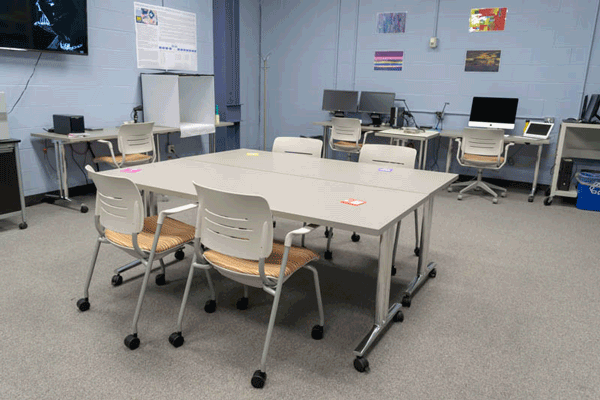
Flexibility allows us to use the room as a meeting, teleconferencing, presentation, work, and general problem solving space.
ESD: This room was very prone to electrostatic discharge, so much so we were concerned about the effects it would have on our vintage computing equipment. To help prevent that type of static from building up we had ESD carpet tiles installed, which are physically connected to the room’s electrical ground. We also installed a grounded bench for working with electronic components. The only downside to all this static control is you can’t do that thing where you rub a balloon on your head to make it stick to stuff. Not that I have tried…
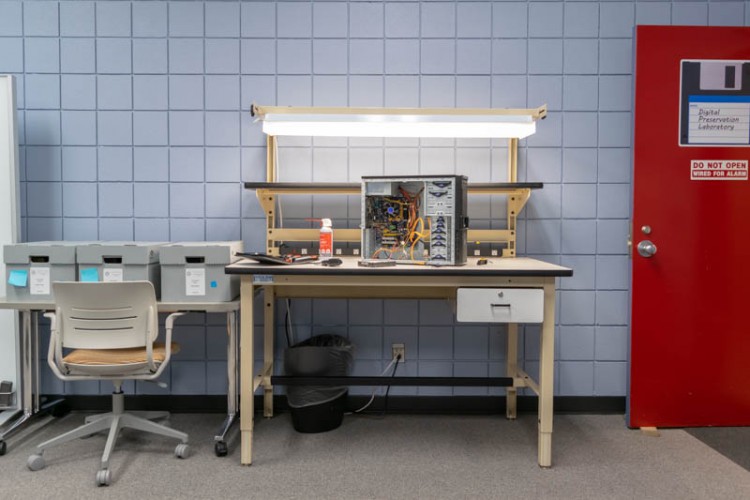
Our ESD bench allows us to work on donor computer components safely
Team: We of course could not have done this work alone. The Library’s Collections, Information Technology, and Operations Divisions played key roles in funding and completing this project. We are grateful for their hard work and unwavering support. A special thanks to the interns, student employees, and post-grad assistants that did much of the heavy lifting in research and workflow development over the past few years. Without them, this lab and our born-digital program would not exist.
If you can’t get enough images of a very boring room being transformed to a slightly less boring room, check out additional pictures of the lab below. We will be posting more information on the computing equipment, both new and vintage, and software we use in future posts this summer, so stay tuned!
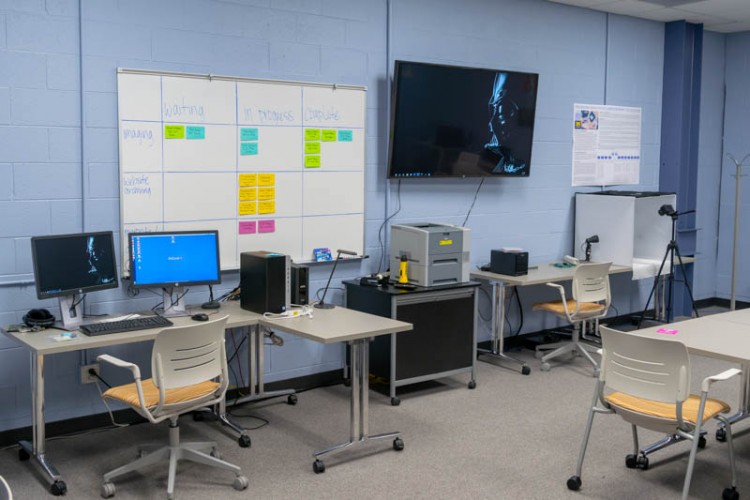
The north wall of the lab has one of our forensic imaging workstations, printer, demo/presentation screen, and photography station
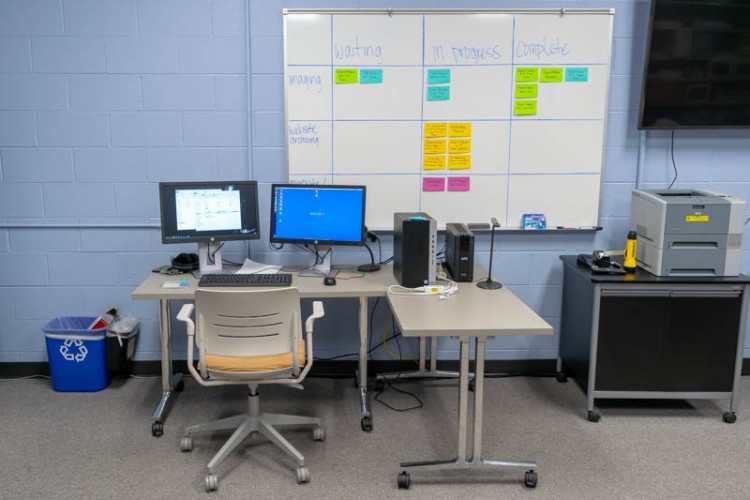
Most of the forensic imaging done in the lab to date was completed on this machine, which runs FTK toolkit, a BitCurator VM, and Bagger. Our kanban board makes us look like we are busy when the boss walks by.
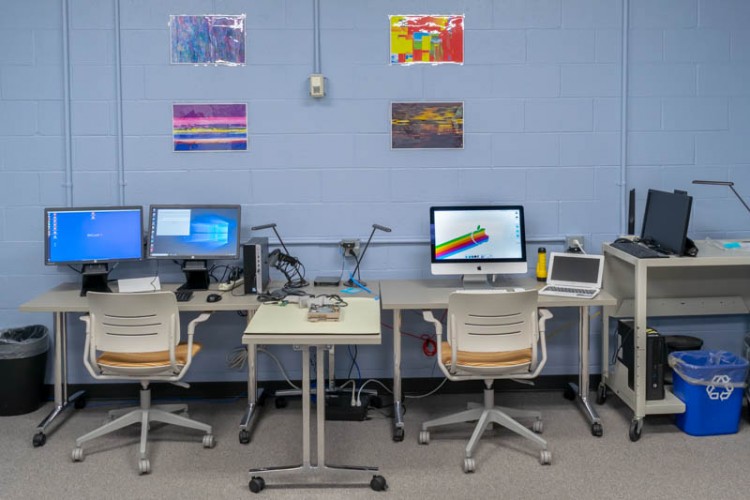
The back wall has the other forensic imaging machine and the lab’s iMac. We decorated this wall with glitch art from Flickr users Rory O'Donnell, Ray Weitzenberg, and Antonio Roberts.
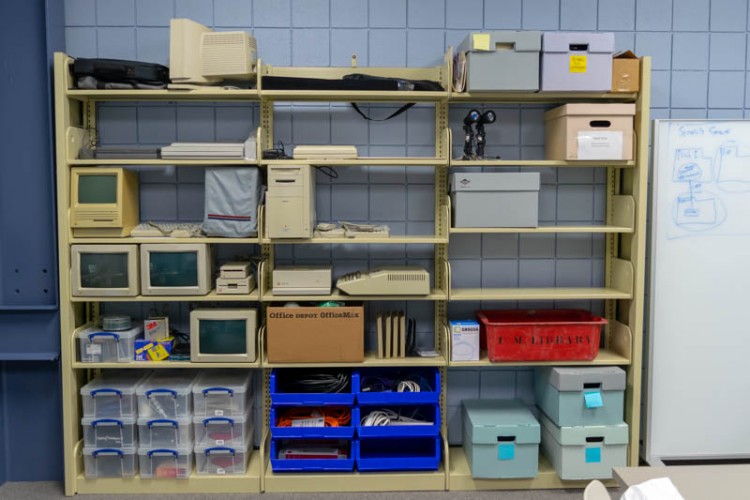
The south wall houses a portion of our growing vintage computing collection. Look for future posts about this equipment and how we use it. To the right of this wall is our mobile white board and ESD workbench
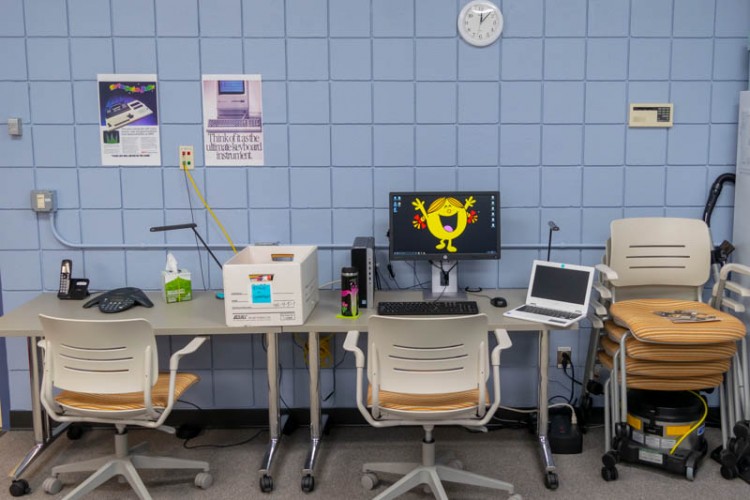
The front wall of the lab has an additional computing station used primarily for research but can be pressed into imaging service if needed. To the right is a film freezer, which is a hold over from when this room was used as collections storage. That should be moved out and replaced with a storage closet by the end of the summer.
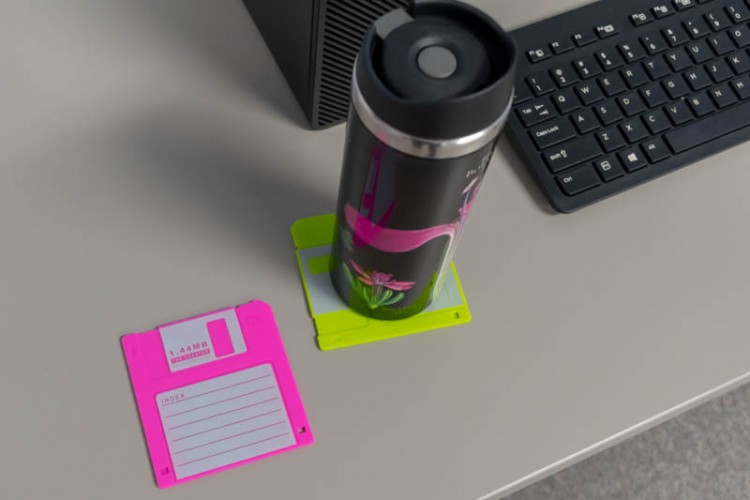
Why yes, we do have floppy disk coasters